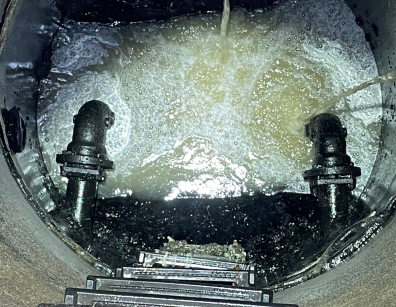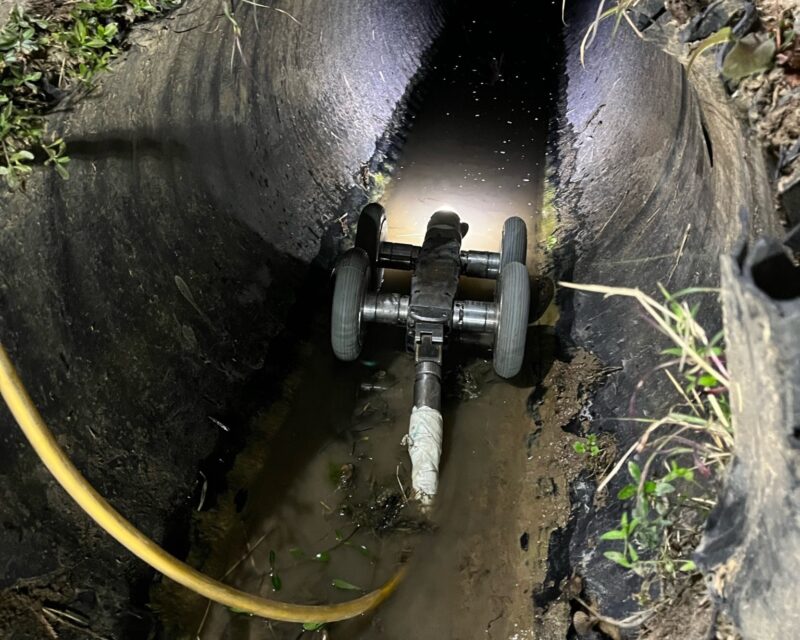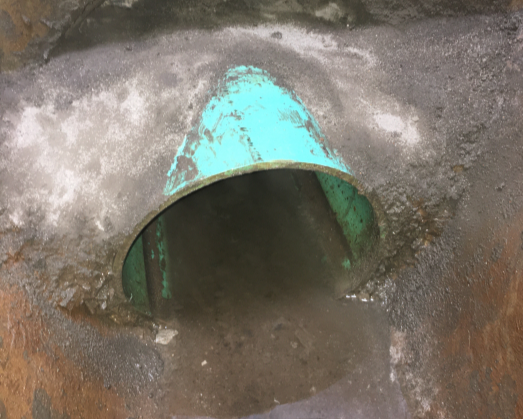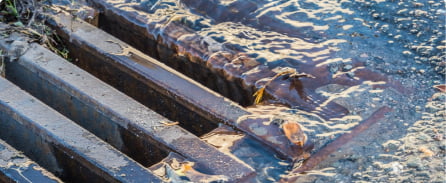Wastewater Management
Sanitary sewer collection systems are designed to remove wastewater from buildings, homes and other sources and convey it to a wastewater treatment plant. Individual service pipes connections start at buildings and homes and are connected to the main sewer line and later the sewage treatment plant. There is a large margin of error with these pipes connecting and sanitary sewer overflows (SSO): the collection system, damaged lines and plant failure.
Improper maintenance of these sewer systems is a serious public health risk to both humans and the environment. All systems must be operating as designed with continual maintenance to ensure full functionality.
Sewer System Cleaning
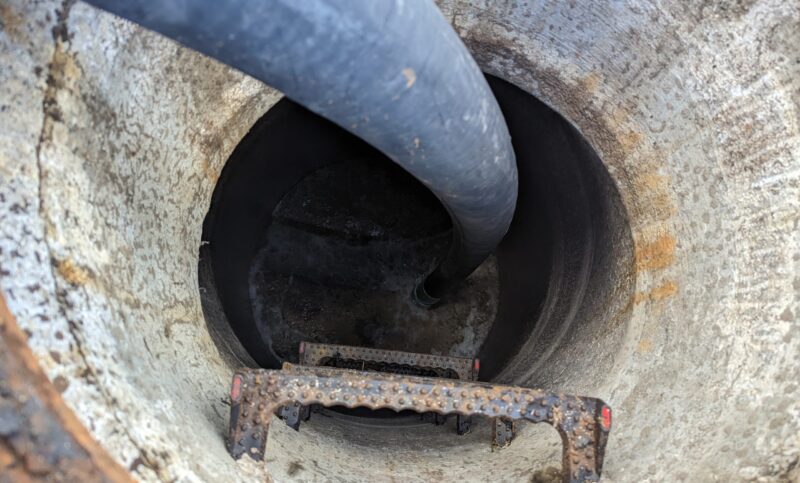
Wastewater System Failures
The most common issues of sewer system failures include blockages; structural, mechanical and electrical failures; collapsed or broken sewer pipes; insufficient capacity; and vandalism. With population increases, the capacity of existing sewer systems is decreasing which, in turn, has heightened restrictions and maintenance expectations as there is less room for failure. Untreated discharges or leaks from sanitary sewers are harmful to the environment as the untreated water can pollute ground or drinking water.
In many cities across the nation, the sewer systems are divided between sanitary and stormwater. The sanitary system is treated at a more concentrated rate than stormwater, which is why keeping stormwater free of pollutants is so important. However, there are also municipalities that have combined systems remaining. In both instances, community health impacts of sanitary system overflow are water quality violations, contaminated drinking water, beach closures and illnesses.
Cleaning Sanitary Sewers
Pipeline sewer cleaning is a process that involves a high-pressure water hose and specially engineered jetting nozzles to extract the dirt within a pipeline. The water is sent down the pipes at high speeds to clear out any blockage from grease buildup to baby wipes and carry it to the treatment plant. The powerful and effective combination of gallons per minute (GPM) and pressure per square inch (PSI) is critical for effectively blasting debris or roots from pipelines. High pressure water jetting can restore pipes to their original condition without the need for harmful chemicals, keeping the environment safe. High pressure water jetting can be used to clean and clear pipes for full functionality and to prepare pipes for underground pipe inspections (CCTV) when needed.
Jetting sewers is a safer, faster, greener and more cost-effective way to achieve results. Proactive, preventative maintenance will set your property up for success. Emergency response is far more costly for property owners than continual maintenance.
